Our only previous experience of Poland was in early 1986 when we ( very briefly ) transitted the country on a train from London to Shanghai. It was January, hence cold and dreary, and despite the early stirrings of “Solidarity”, Poland was still firmly in the “Eastern Bloc”. That would dramatically change a few short years later so we were anxious to experience a newer, modern, and very “Western” Poland. The country is amazing and did not disappoint. We were, in fact, very impressed by it.
After the rough back road we had taken across the Tatra’s and into Zakopane, things improved quickly and the roads soon resembled those we’d seen everyone else in Europe. Zakopane itself reminded us very much of Banff in Canada, the same kind of feel, the same “look”, although we were quite shocked by the lack of snow considering we were still well within what would’ve been considered the ski season. Directly north of Zakopane lies Krakow, probably Poland’s best preserved historic city. Unlike Warsaw ( flattened in WW2 ), stunning Krakow ( particularly its “old town” ) was left untouched. Its old town square is huge and contains the typical town halls, churches and other historic buildings, monuments and the ubiquitous cobblestone streets common to such old European cities. It was a great to be able to drive right into the heart of the city and camp just by the old town, giving us easy access to everything. Sadly, rainy weather and an inordinately long queue kept us away from the Oskar Schindler factory tour ( it’s in Krakow ), only getting to see it from the outside. That’s the “Schindler” from Schindlers List.
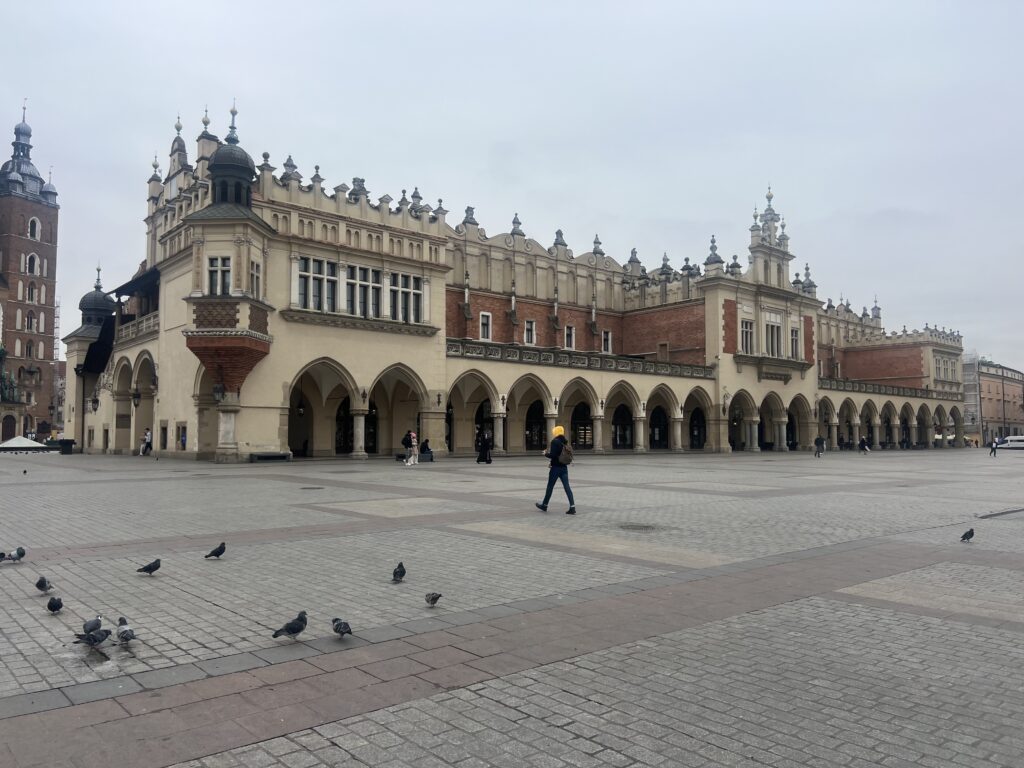
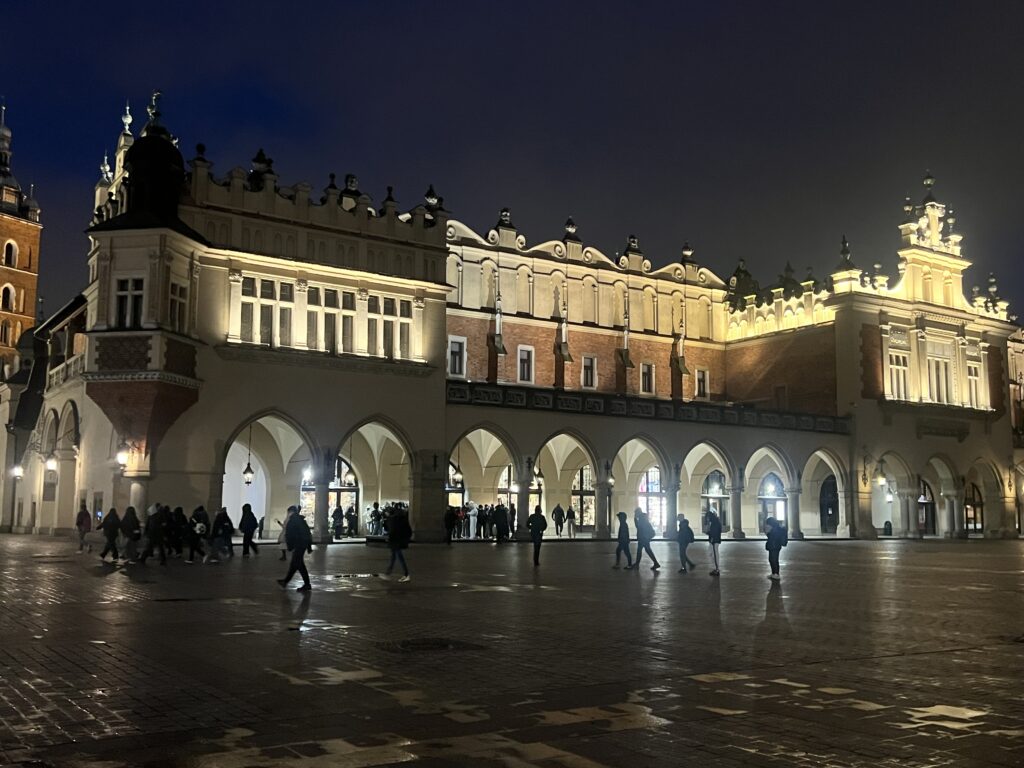
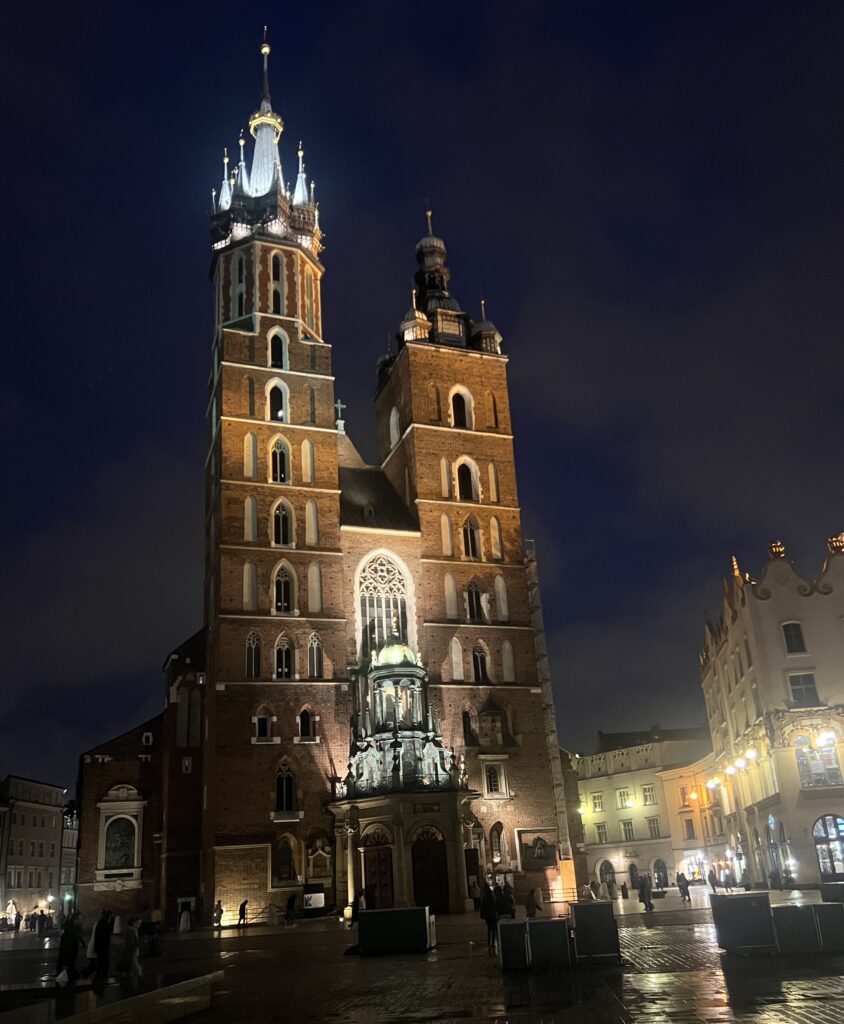
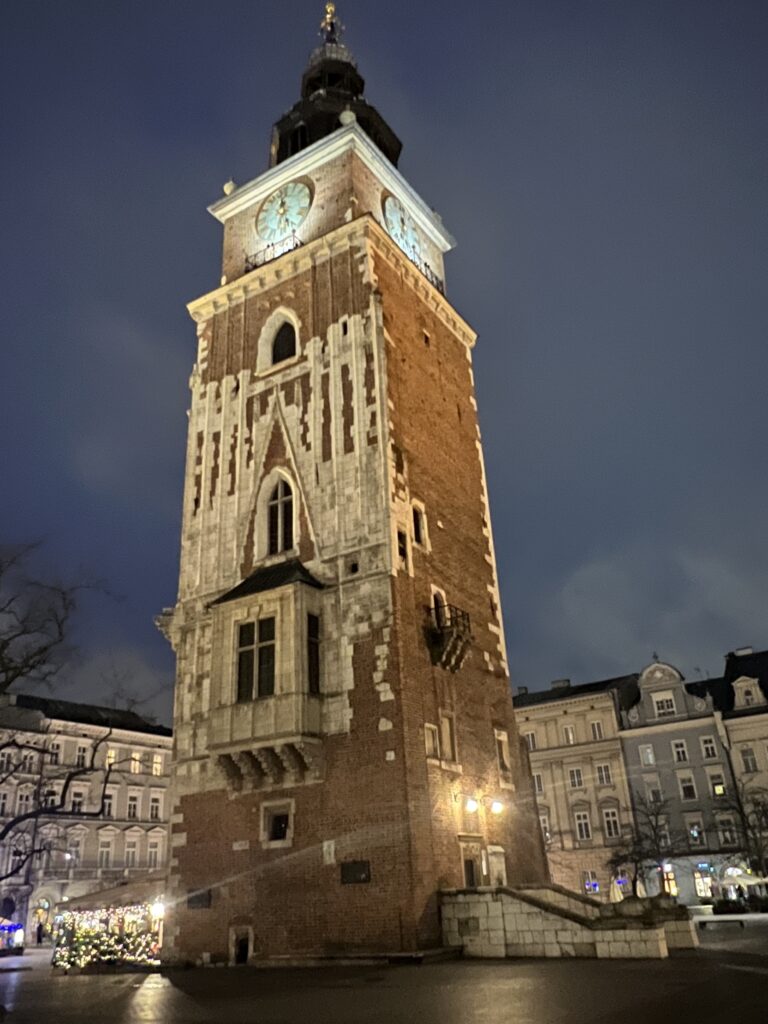
The vibrant, resort feel of Zakopane and historic charm of Krakow soon gave way to the sombre, deathly vibe of our next destination, the nearby Polish town of Oswiecim – better known around the world by its German name, Auschwitz. It’s here one can see first-hand the horrors of this infamous Nazi murder factory, along with its sister camp, Birkenau. There are few, if any, places we have been where I would say that cold, foggy, rainy weather actually added to the experience but here it did. The whole place is incredibly impactful. We’d seen Dachau many years back, but it’s just not on the same scale as Auschwitz-Birkenau. The place sees over 2,000,000 visitors a year and recently celebrated 80 years since its liberation ( yes, survivors are still with us ). Warning, some of the following images are quite graphic.
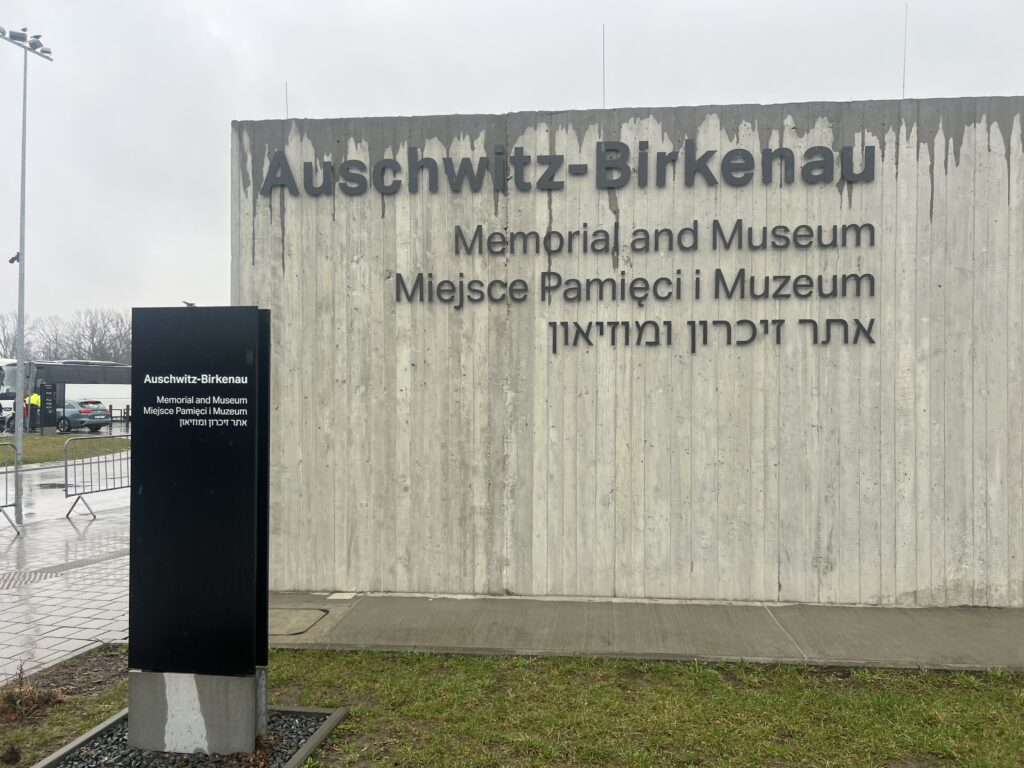
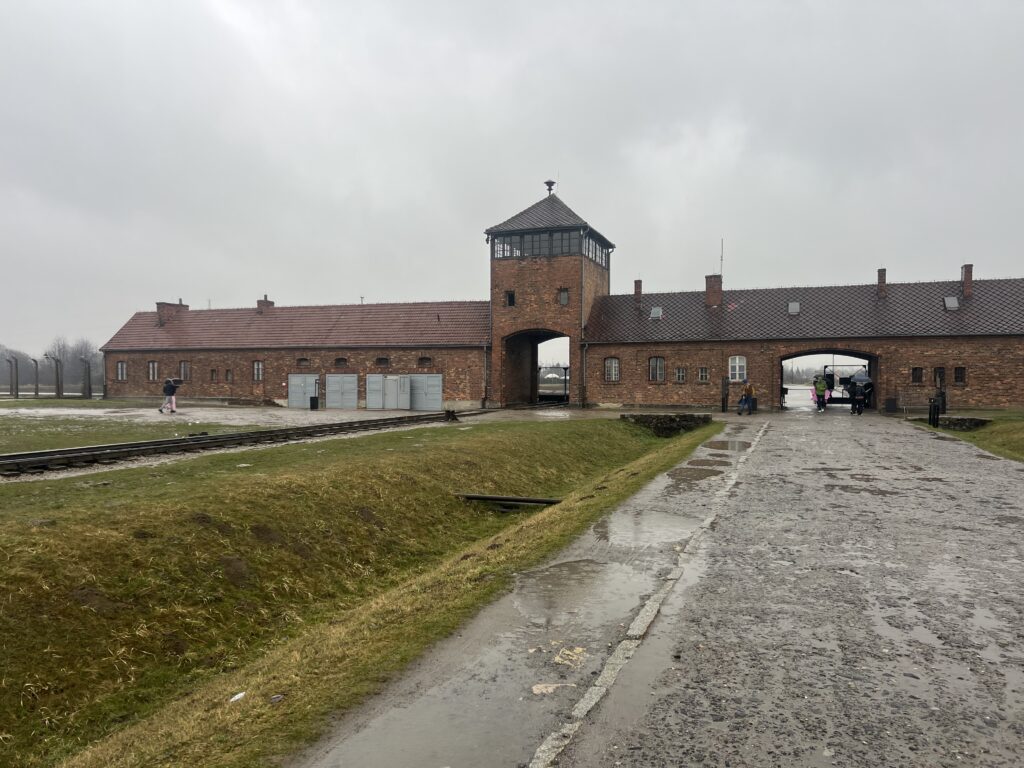
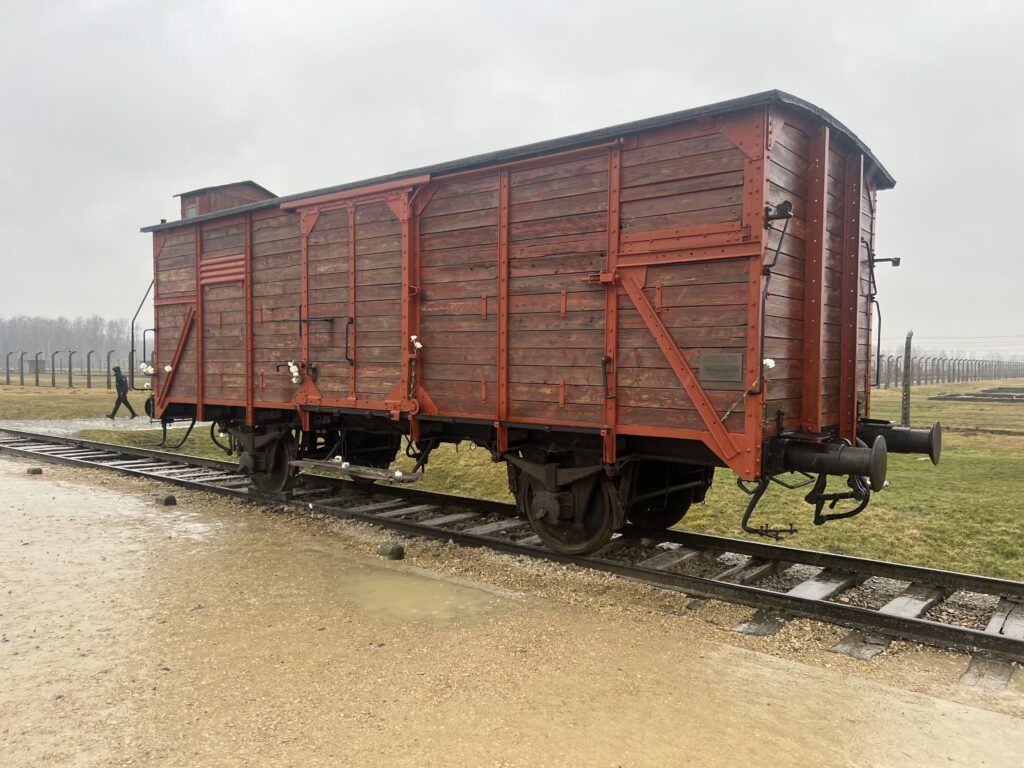
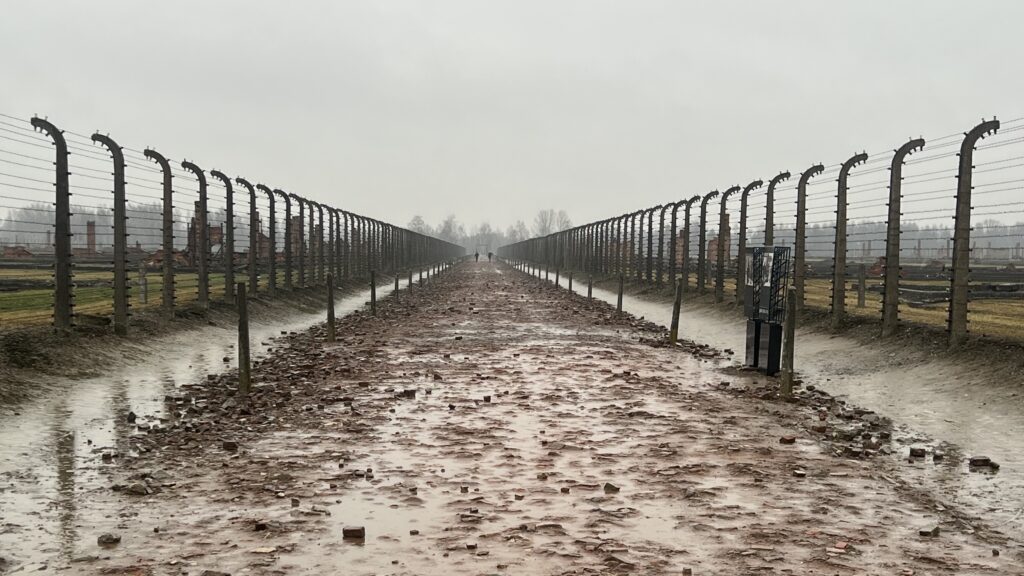
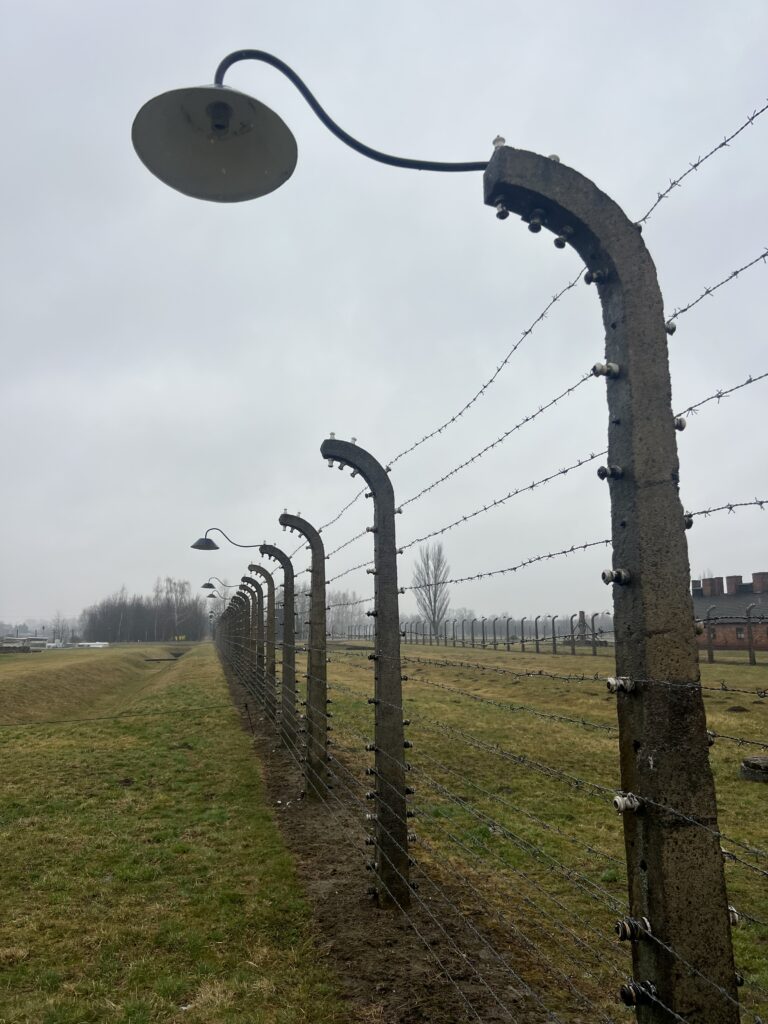
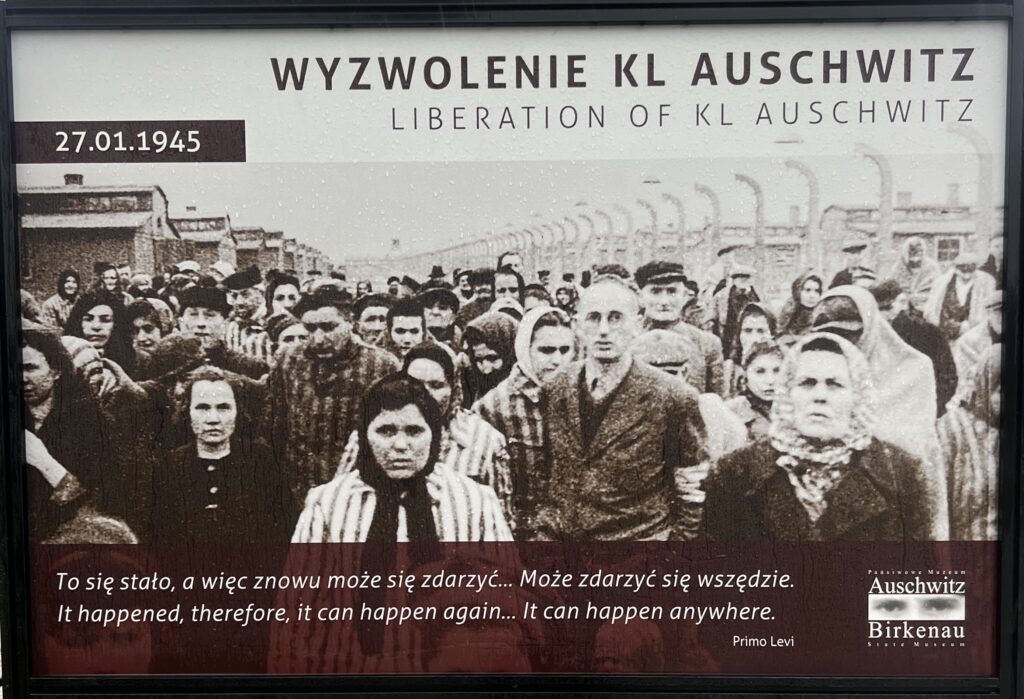
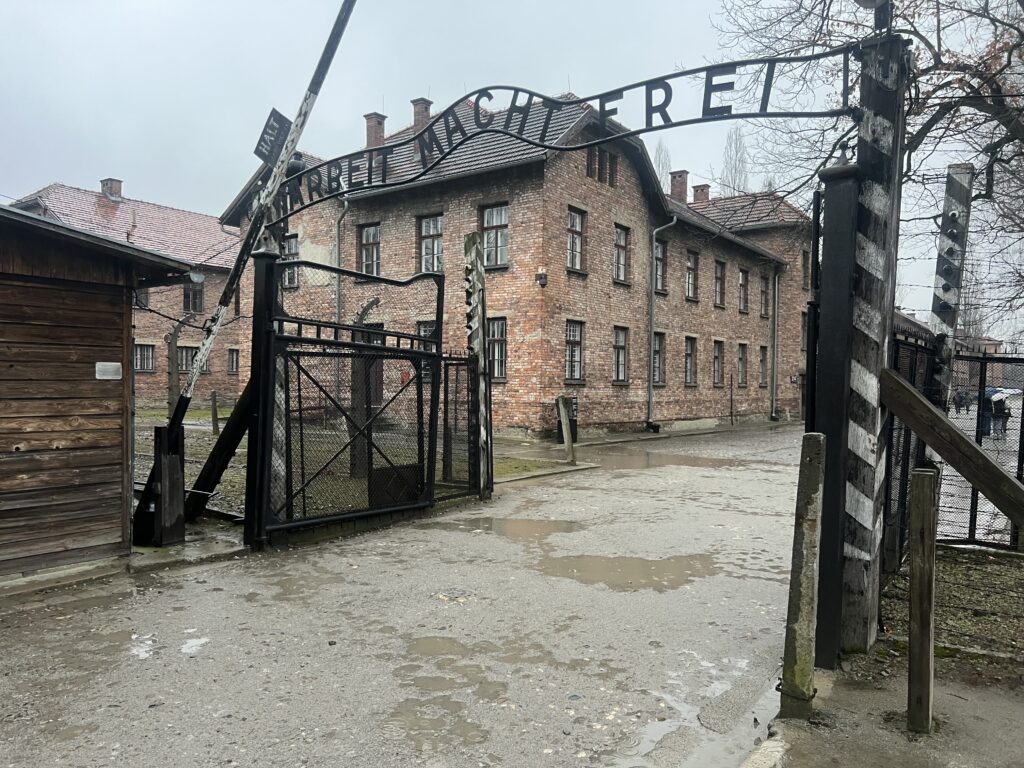
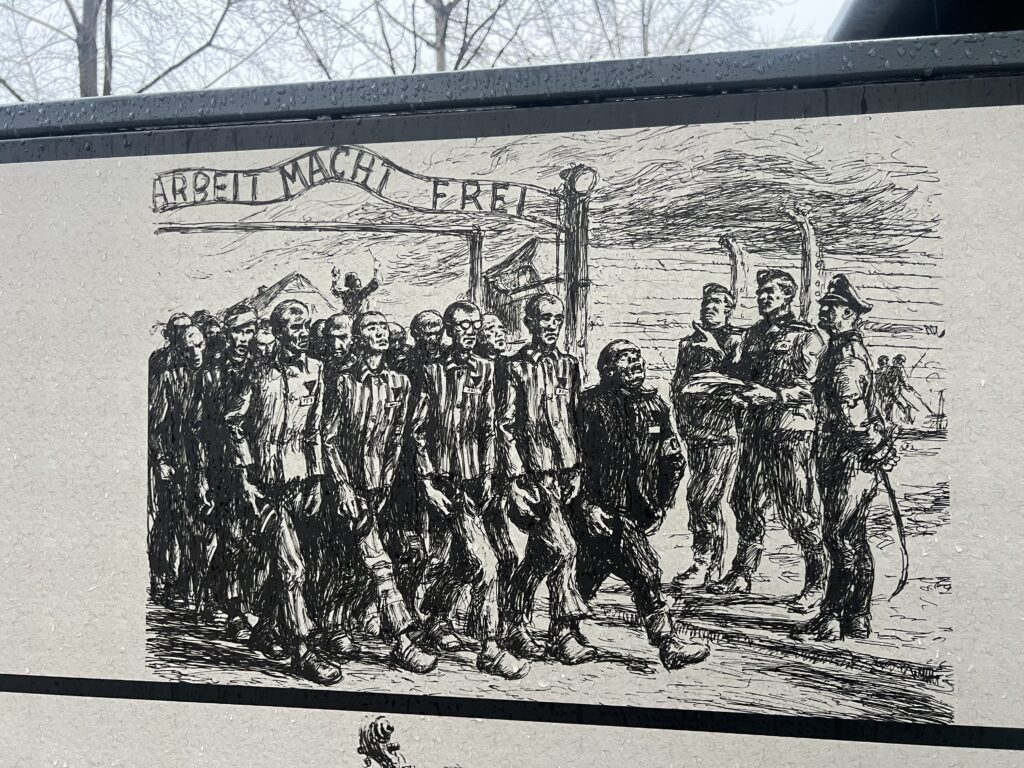
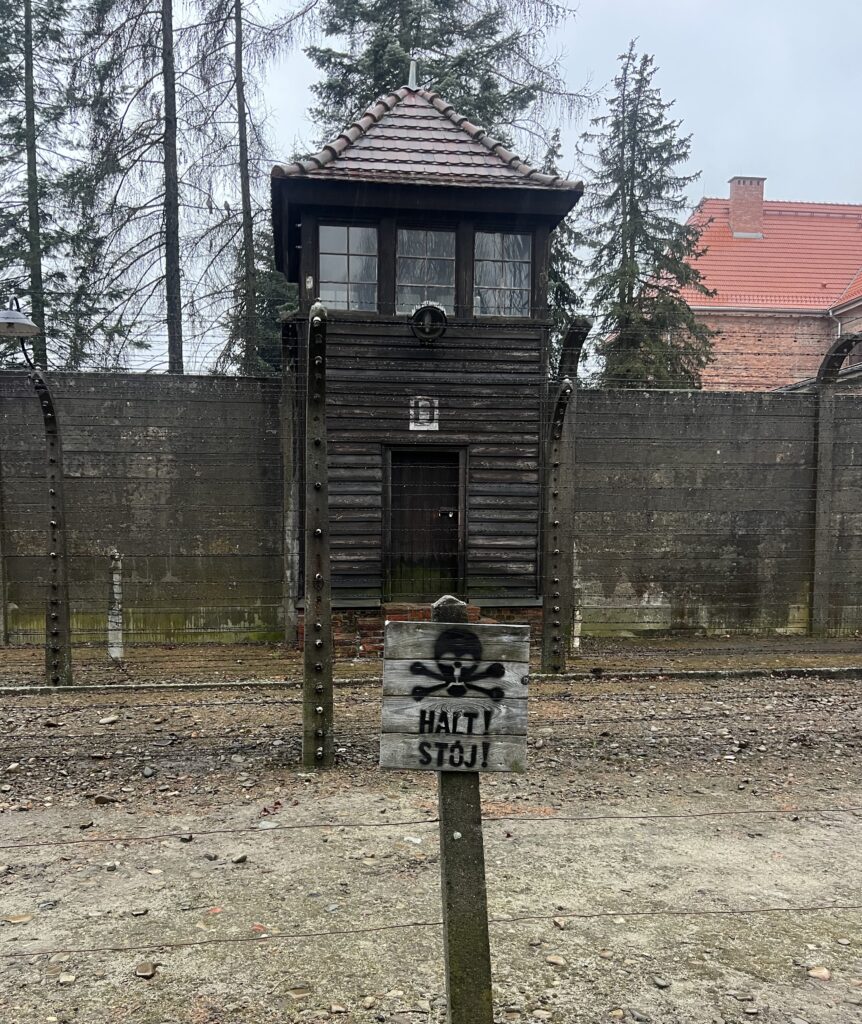
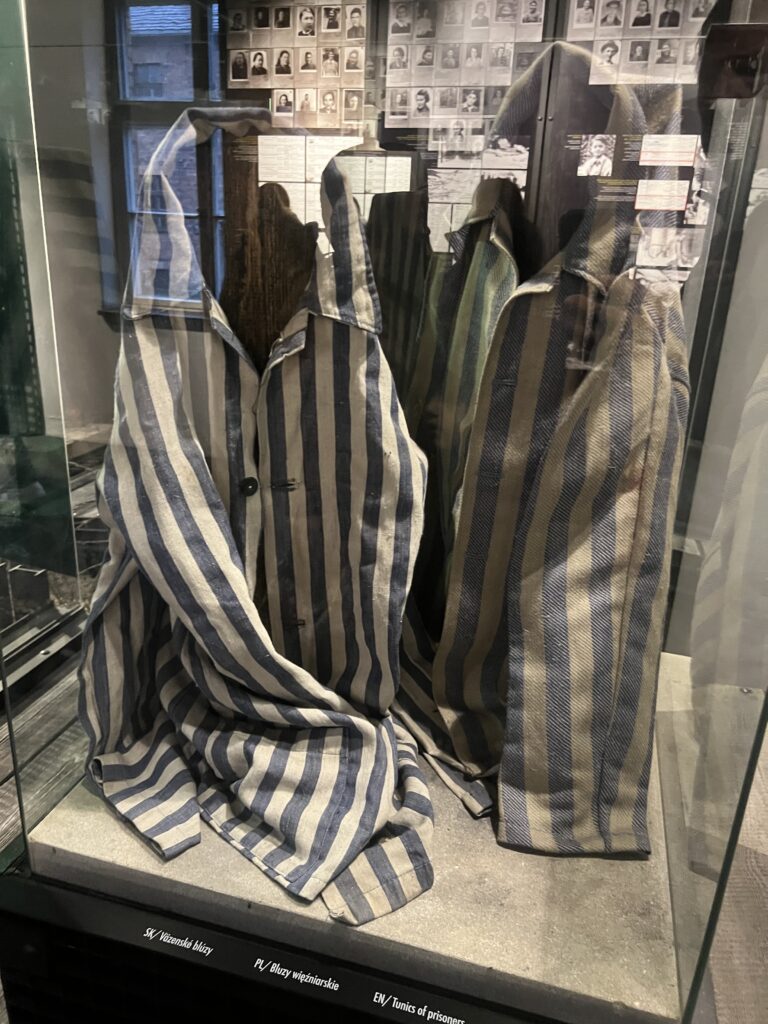
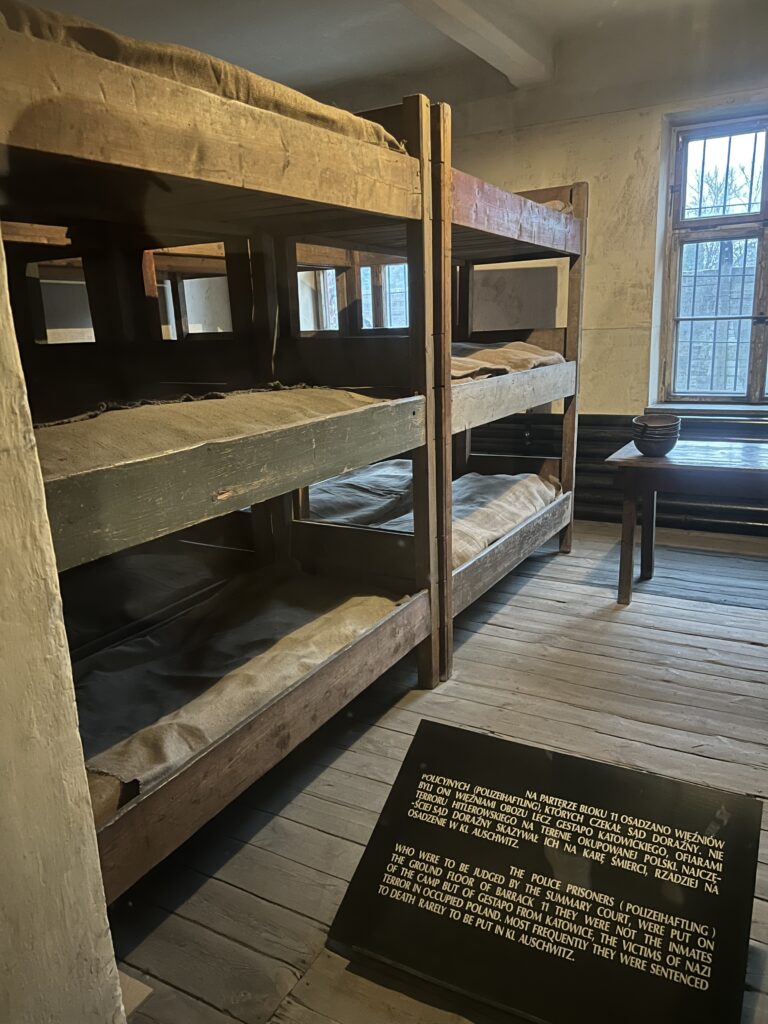
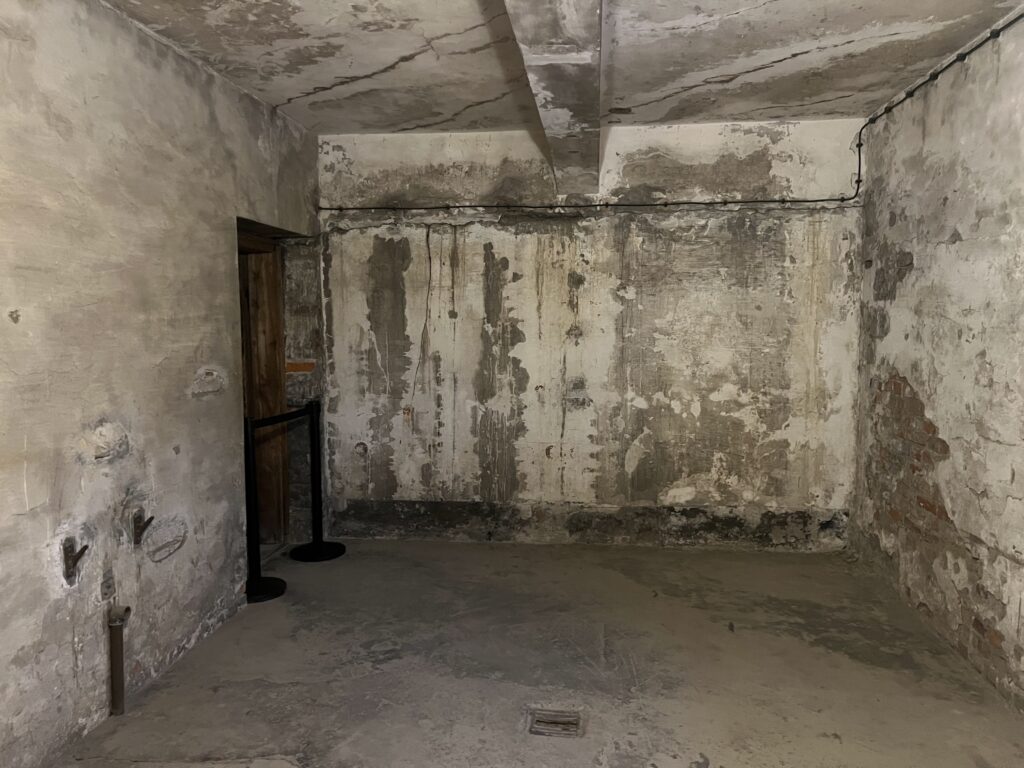
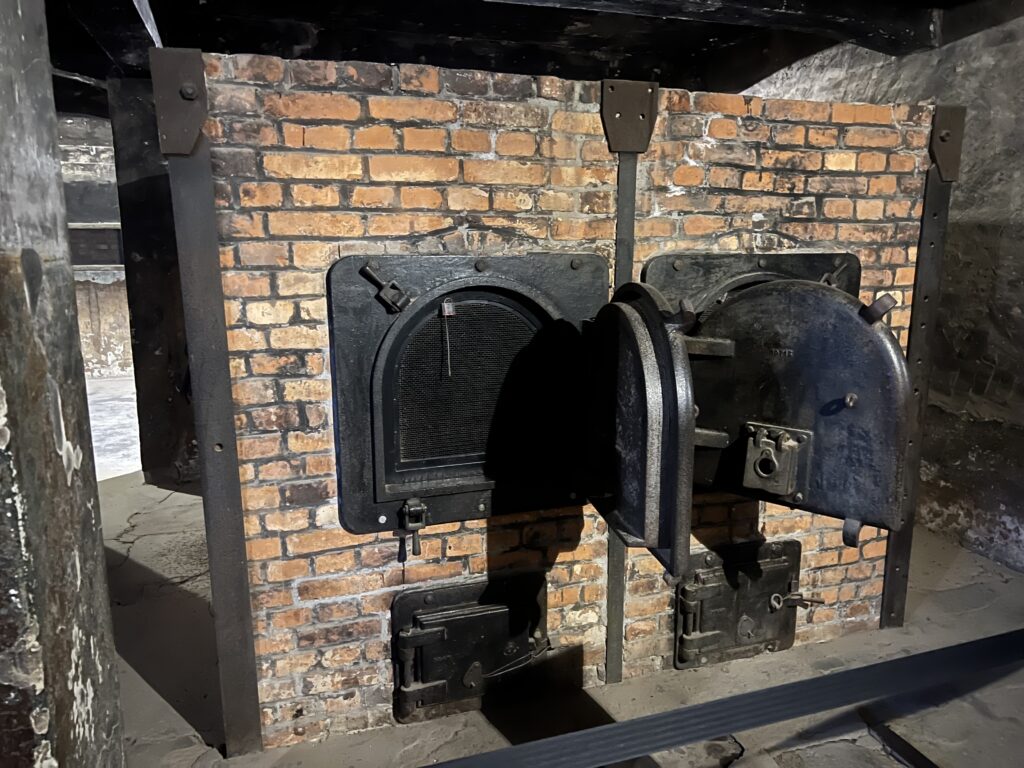
Warsaw is 5 hours north of Oswiecim and it was a quiet, uneventful drive – I think for most of the journey we both sat thinking about the experience of the day before – Auschwitz just has that kind of haunting feel about it. Getting into (and out of) Warsaw was easy – the highways and roads were easy to navigate and again we opted to drive right downtown. Fortunately we were tipped off to a great App ( Park4Night – the “bible” of European RV’ers ) that identifies suitable 24 hour overnight parking sites all over Europe and it has been an invaluable tool for us. iOverlander saved us in South America, Wikicamps in Oz and it’s been Park4Night so far in Europe- good for camp spots and a host of other essential services for those like us.
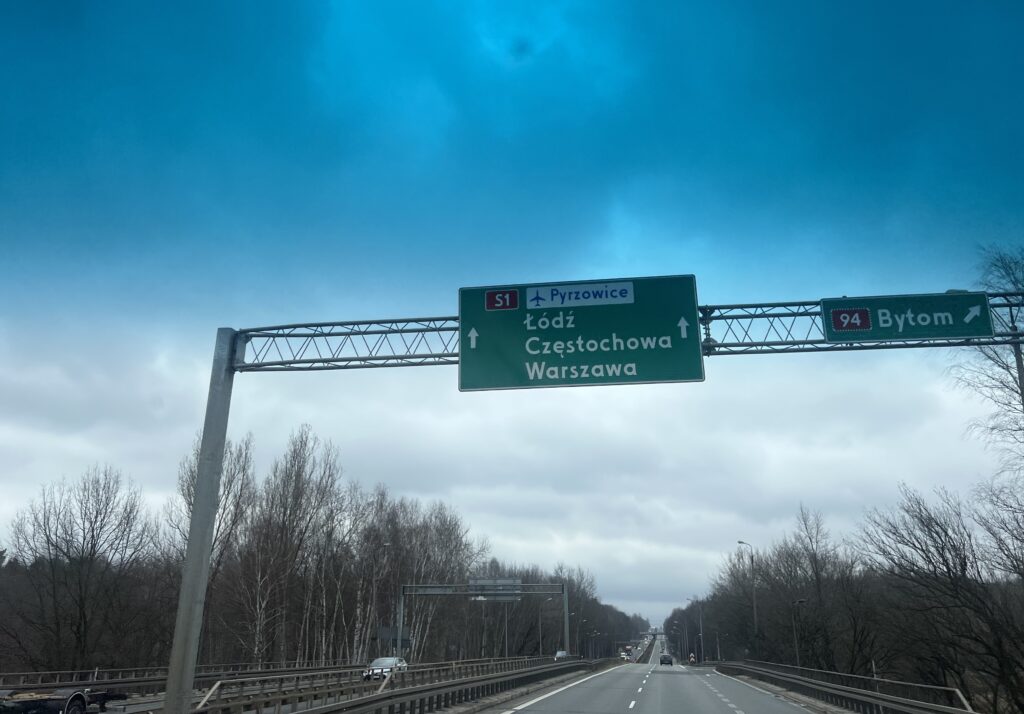
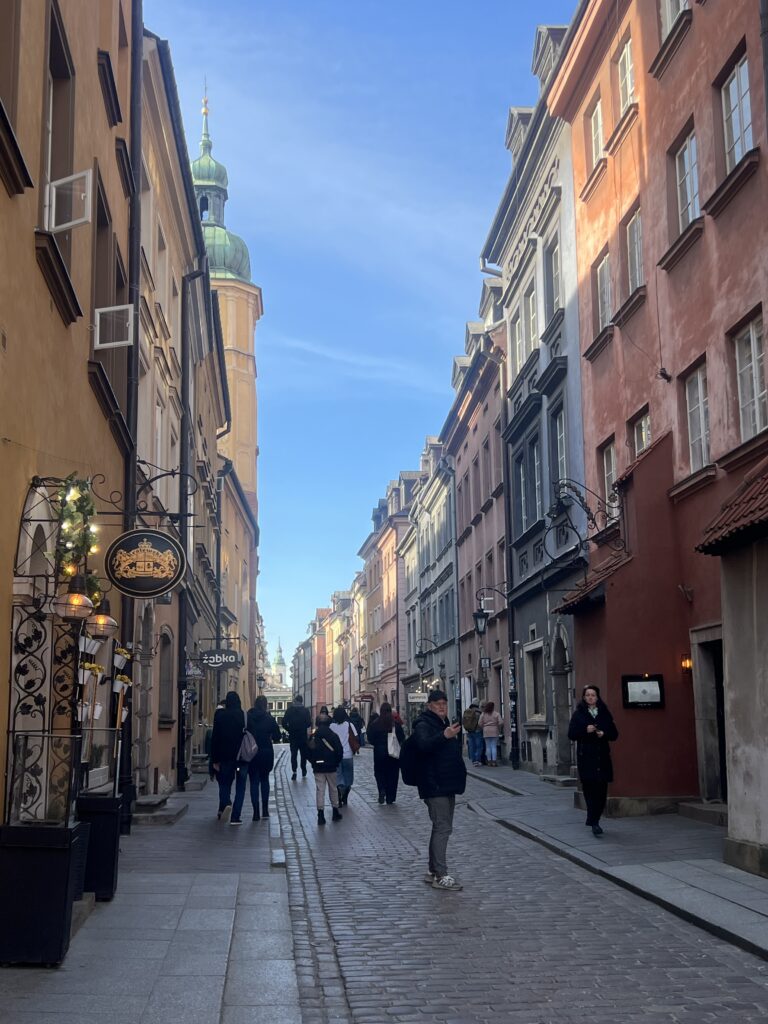
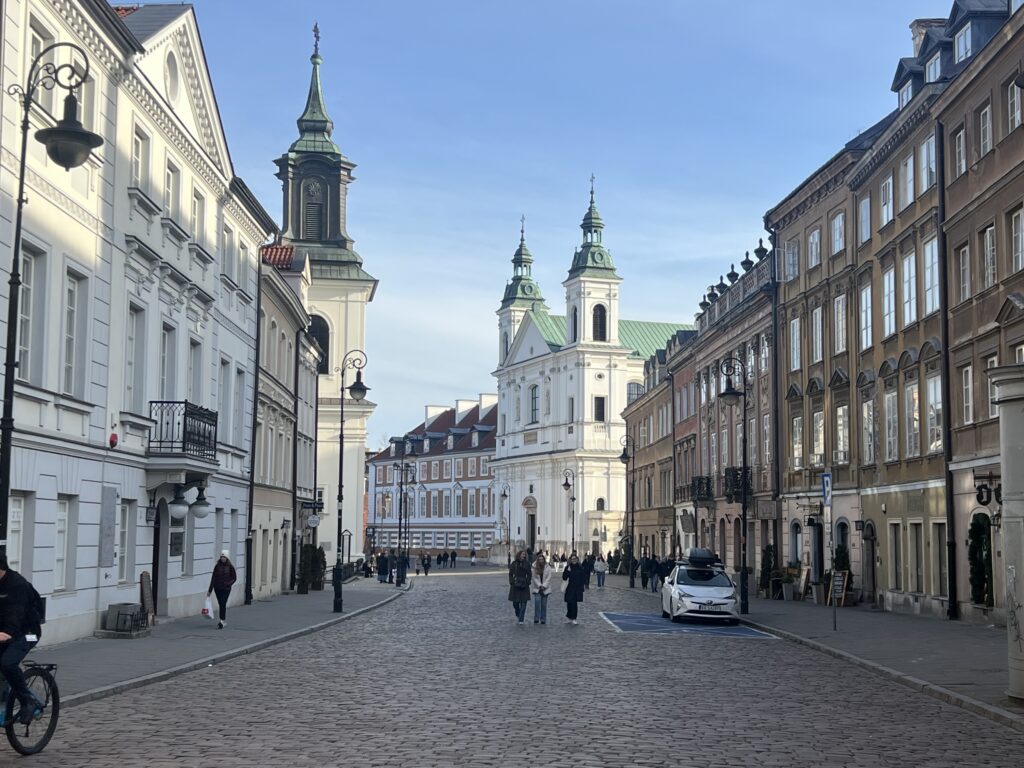
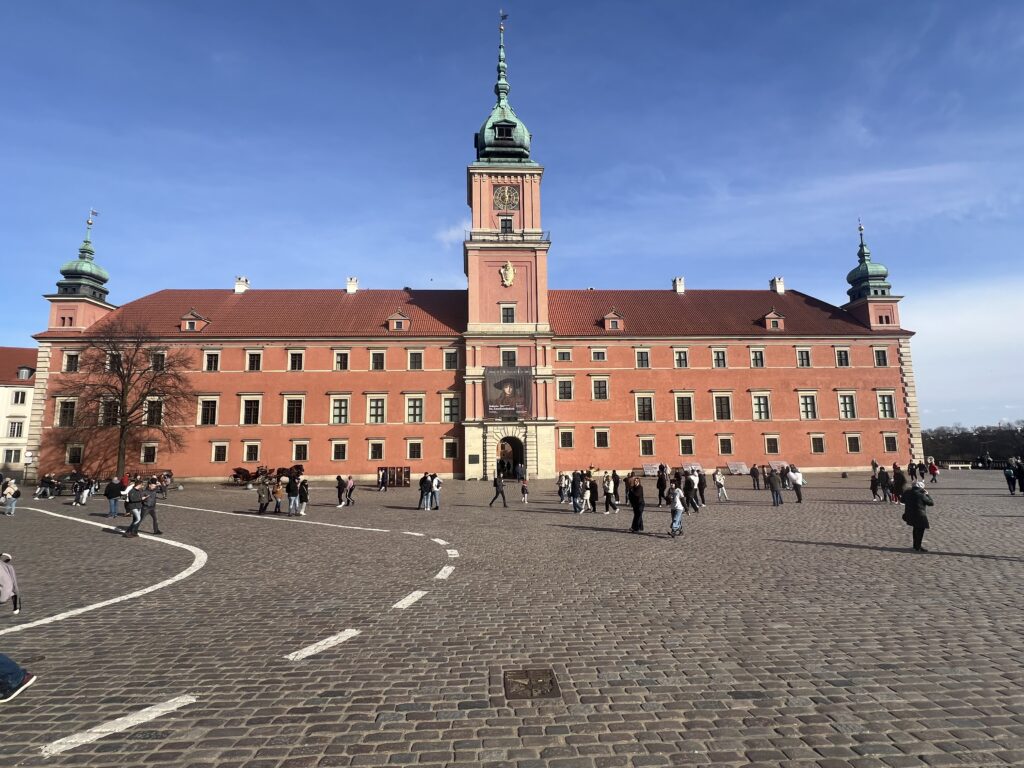
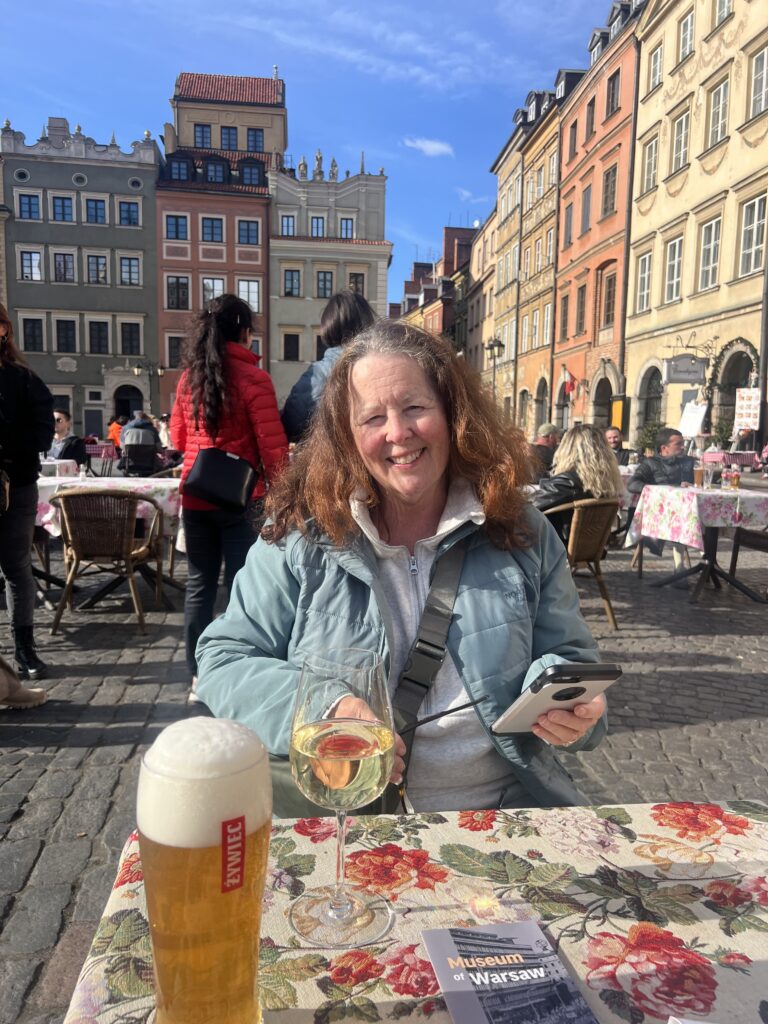
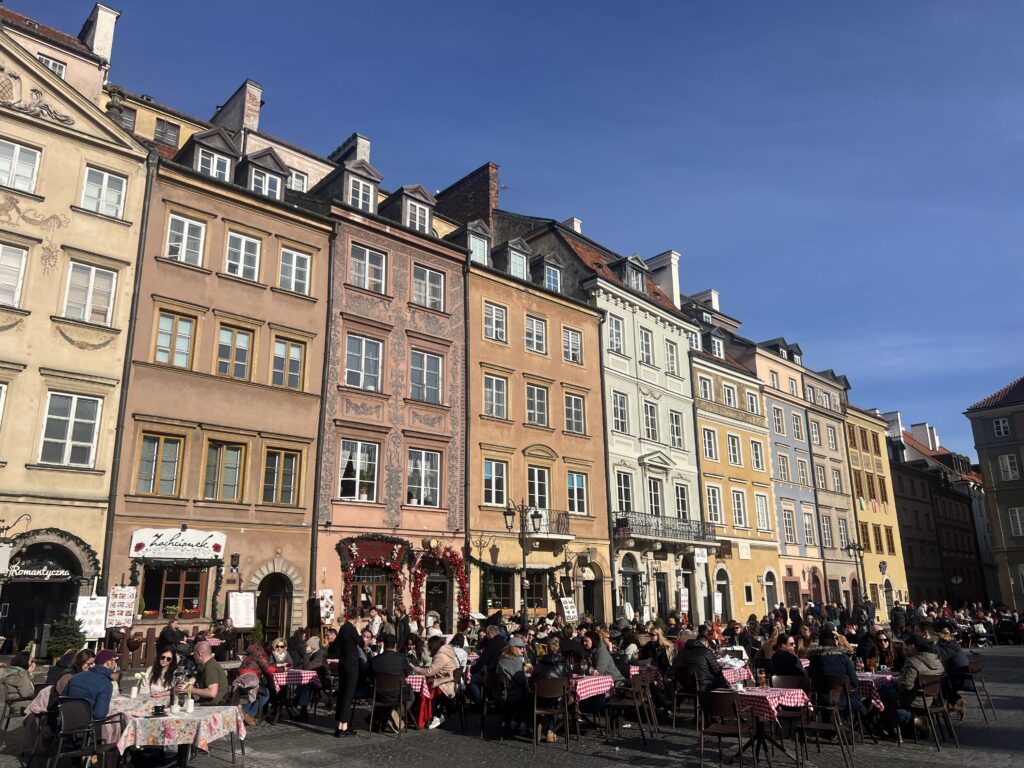
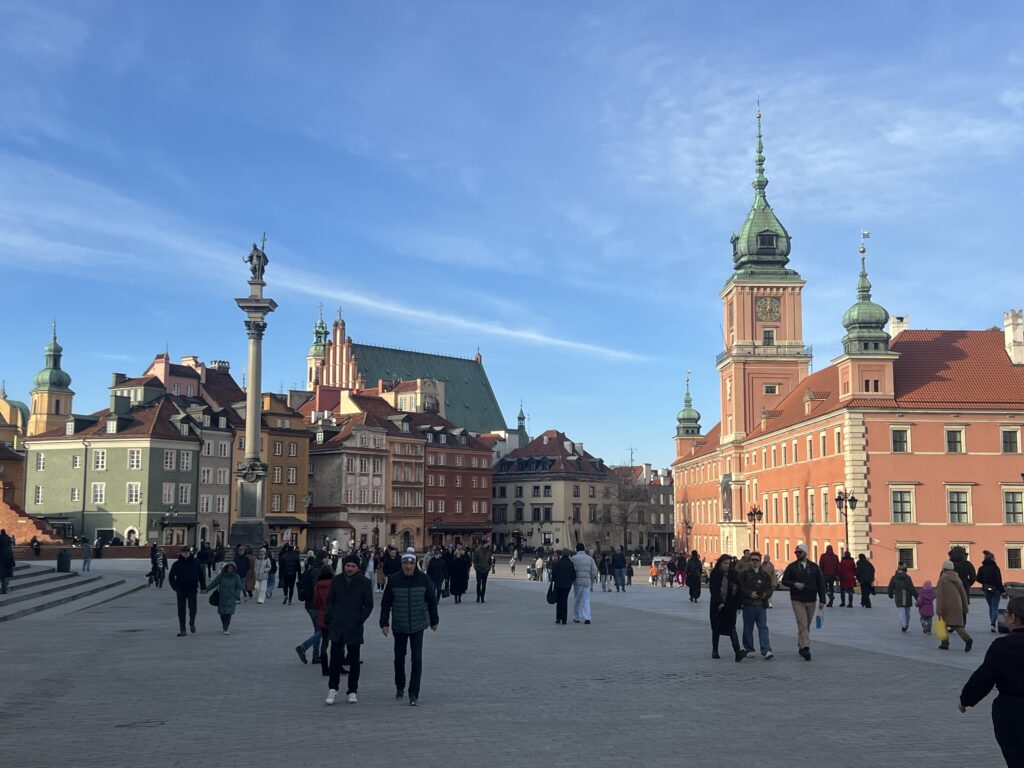
In addition to Warsaw’s beautifully restored old town, there are a few other sites, including some great museums, two of which we saw – the more mundane Museum of Warsaw and the immensely interesting, if slightly eclectic Museum of Life Under Communism. Poland is a super interesting country with a complicated history but has developed in leaps and bounds in the past few decades. You’ve got to look hard now to see any evidence of the old days. This Museum takes a frank, and at times humorous, look at how difficult life was in Poland during the almost five decade long communist era.
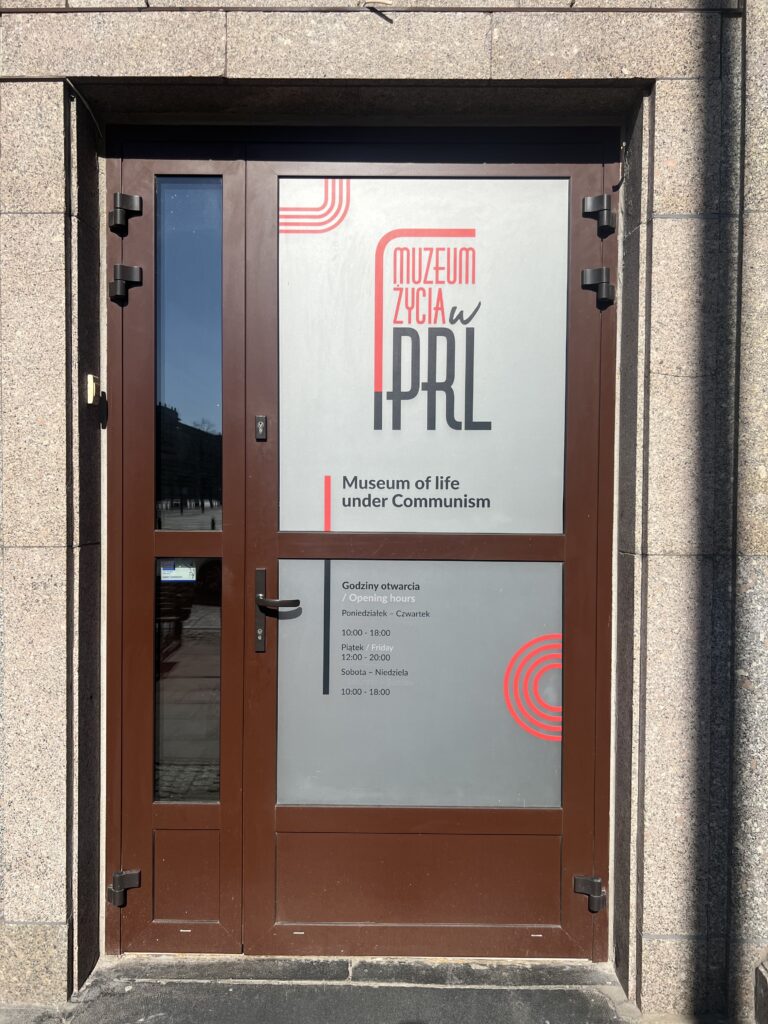
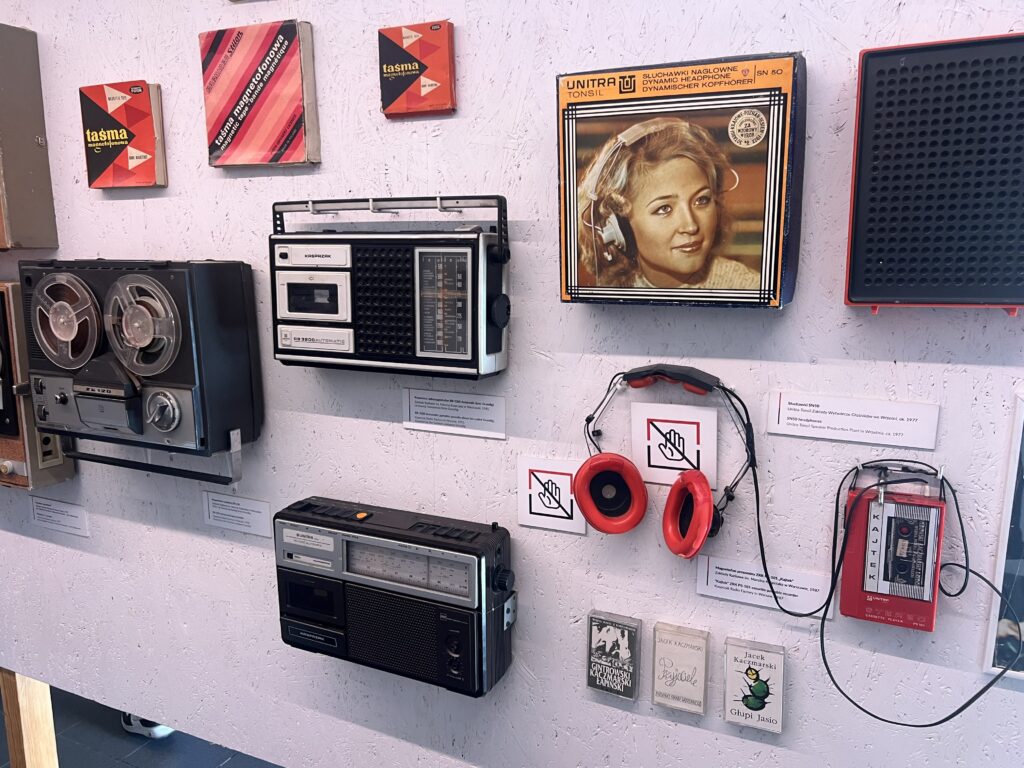
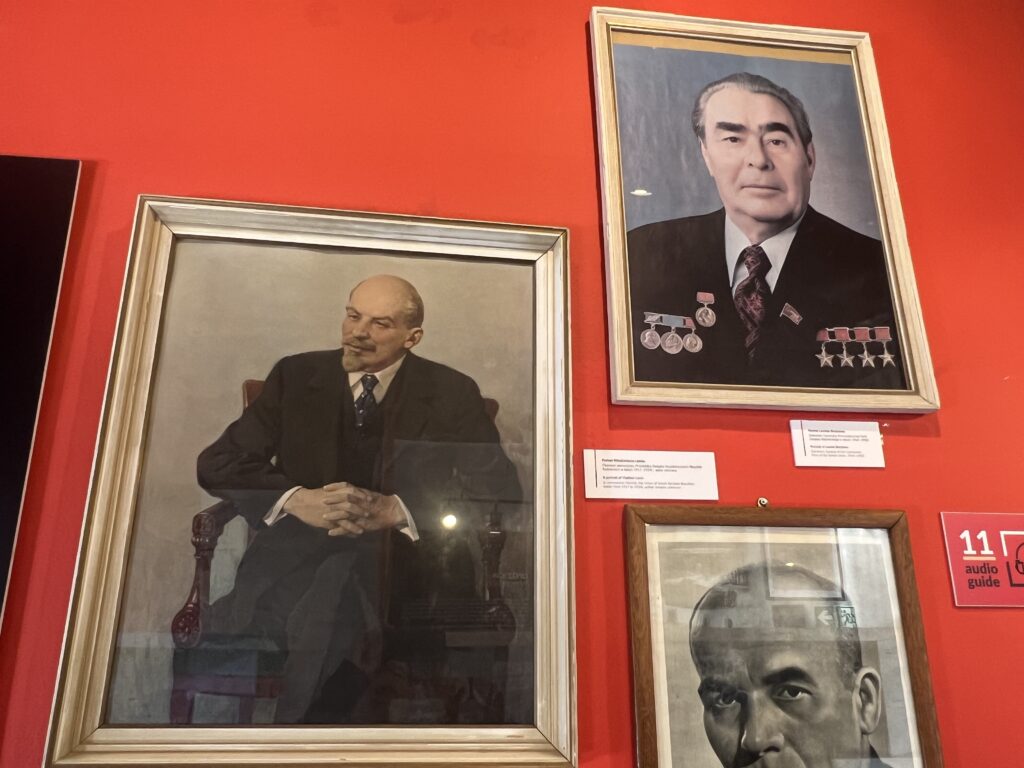
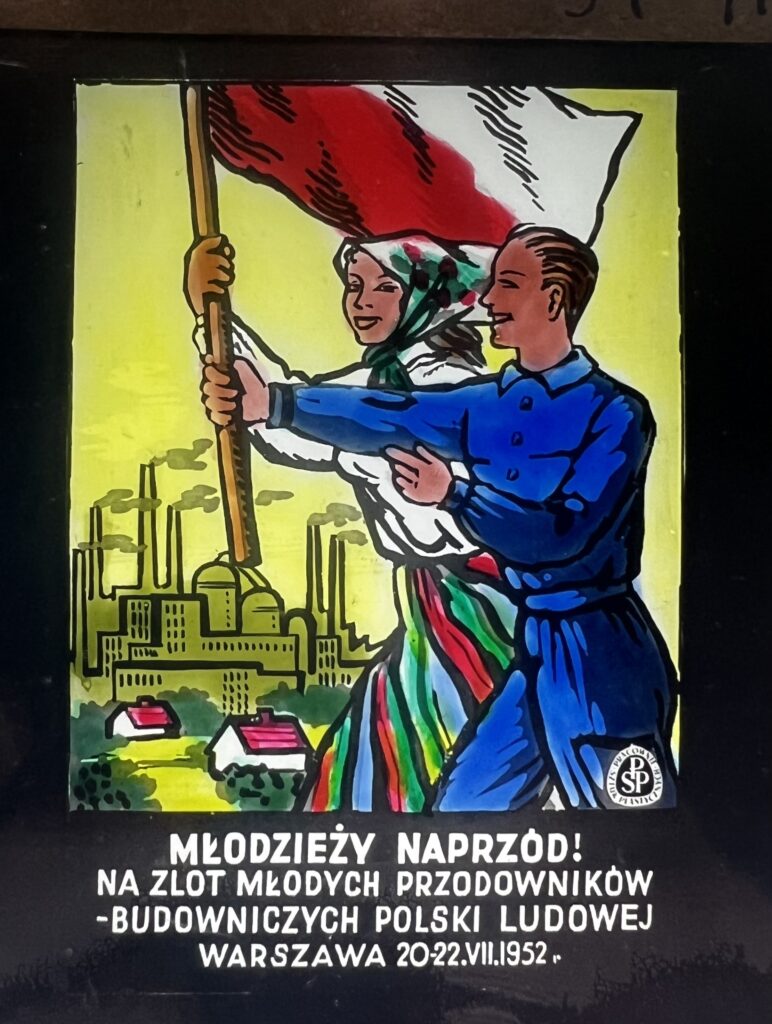
As we moved north in Europe, only the three tiny Baltic states lay between us and Scandinavia (our primary destination).. More on that in our coming blog.
Till next week….
PS: given the solemn nature of some of the images in the weekly video I thought a less upbeat and more philosophical tune might best capture the moment. Enjoy “Imagine” ( https://youtu.be/iJt3sbCuiEE?feature=shared )

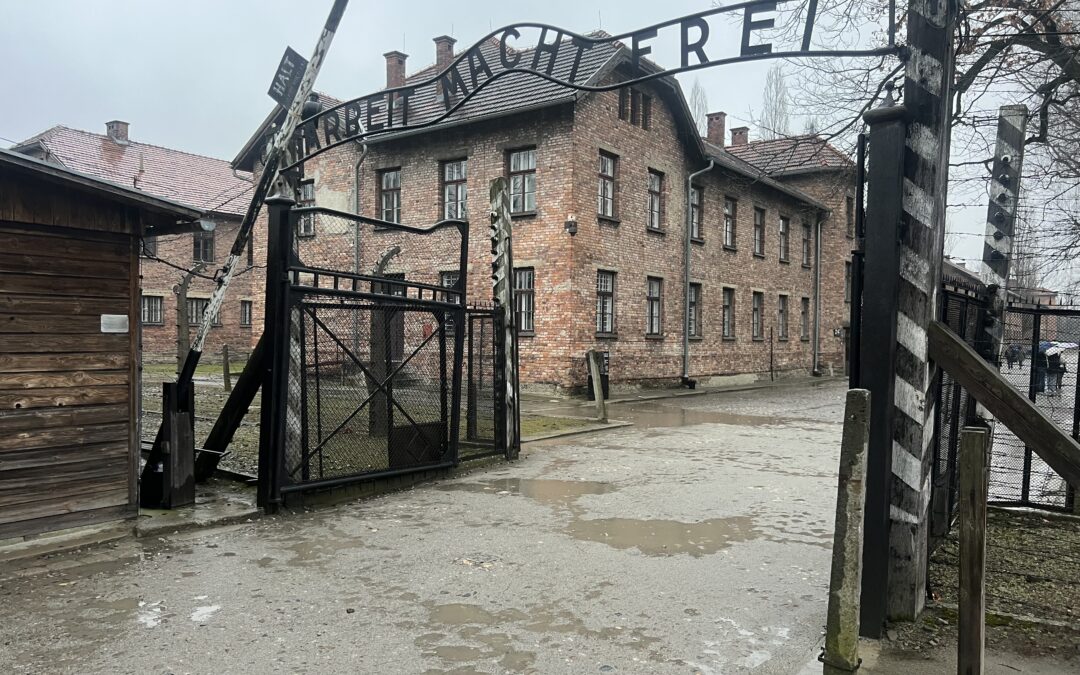
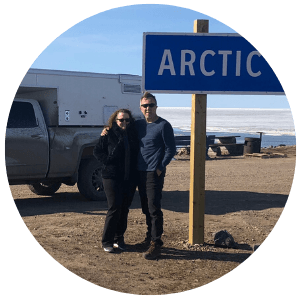
Wonderful, entertaining and educational! Great stuff Jeff, as always..
Thank you, Garth, pleasure is mine.
Are you home ?
Scary
Yep, especially the quote that “It could happen again” 😳
Great photos, I went there in 1974 it’s a very disturbing place amongst so much beauty. Thank goodness Poland has got out of Russian control as it’s such a beautiful country.
They have really prospered – it’s as modern as anywhere else..!
Thanks as always to let us travel with you.
Pleasure is all our, Hans !
We really enjoyed Poland, especially Krakow. Have you checked out the salt mine?
We have not, but our route south after Scandinavia may take us back through the area and there are a couple of other things we’d like to see as well if we return. Will add salt mine to the list !
We love Park4Night and have used it in Germany, Italy and Morocco to great benefit. Looking forward to seeing Poland too!
Yes, a fantastic app. Indispensable actually !!!!
Beautiful but such heavy sadness too. Thank your
Indeed, it’s really eye opening.
You two are amazing…..I love tagging along on your journeys.
Hi Susan! You are most welcome to stay aboard ! Hope all is well in Nelson.
Always so interesting Jeff! Wish I had the travel bug like you two do.
Hi Barb,
“Bug” is right, just can’t seem to shake it !! lol
Always interesting! Thanks and safe travels.
Thanks guys…! Hopefully we can connect in summer if you are in K town at all ?
Great read like always 😊
I can imagine that the visit to Auschwitz’s left a deep mark that always will stay with you. It’s one of those places in the world that everyone should see one day in their life.
Indeed Petra – must be seen to be believed. Shocking.